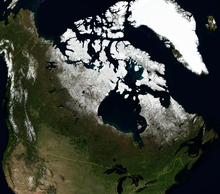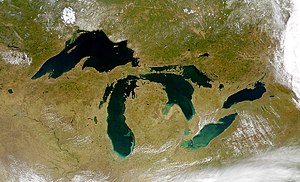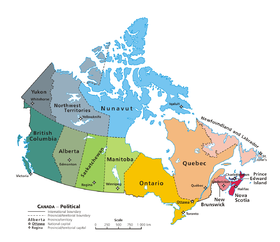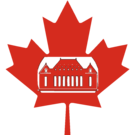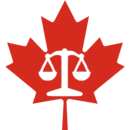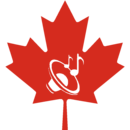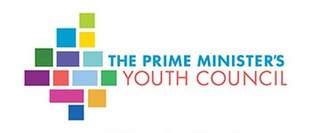
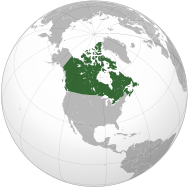
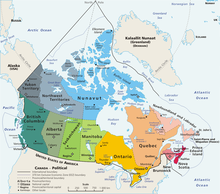
The following outline is provided as an overview of and topical guide to Canada:
Contents
- General reference
- Geography
- Environment
- Regions
- Provinces and territories
- Demography
- Demographics by political division
- Government and politics
- Branches of the government
- Foreign relations
- Legal system
- Military
- Provincial governments
- Territory governments
- Politics by political division
- History
- History of Canada by period
- History of Canada by political division
- Culture
- Culture by political division
- Art in Canada
- Religion in Canada
- Sport in Canada
- Economy and infrastructure
- Economics by political division
- Education in Canada
- Education by political division
- Higher Education by political division
- Bibliographies
- See also
- References
- External links
Canada ( /ˈkænədə/ ) is a North American country consisting of ten provinces and three territories. Located in the northern part of the continent, it extends from the Atlantic Ocean in the east to the Pacific Ocean in the west and northward into the Arctic Ocean. [1] It is the world's second largest country by total area, and shares land borders with the United States to the south and northwest, and marine borders with France and Greenland on the east and northeast, respectively.
The lands have been inhabited for millennia by various groups of aboriginal peoples. Beginning in the late 15th century, British and French expeditions explored and later settled the Atlantic coast. France ceded nearly all of its colonies in North America in 1763 after the Seven Years' War. In 1867, with the union of three British North American colonies through Confederation, Canada was formed as a federal dominion of four provinces. [2] [3] [4] This began an accretion of additional provinces and territories and a process of increasing autonomy from the United Kingdom, highlighted by the Statute of Westminster in 1931 and culminating in the Canada Act in 1982 which severed the vestiges of legal dependence on the British parliament.
Canada is a federation that is governed as a parliamentary democracy and a constitutional monarchy with King Charles III as its head of state. It is a bilingual and multicultural country, with both English and French as official languages at the federal level. Technologically advanced and industrialized, Canada maintains a diversified economy that is heavily reliant upon its abundant natural resources and upon trade—particularly with the United States, with which Canada has a long and complex relationship.


